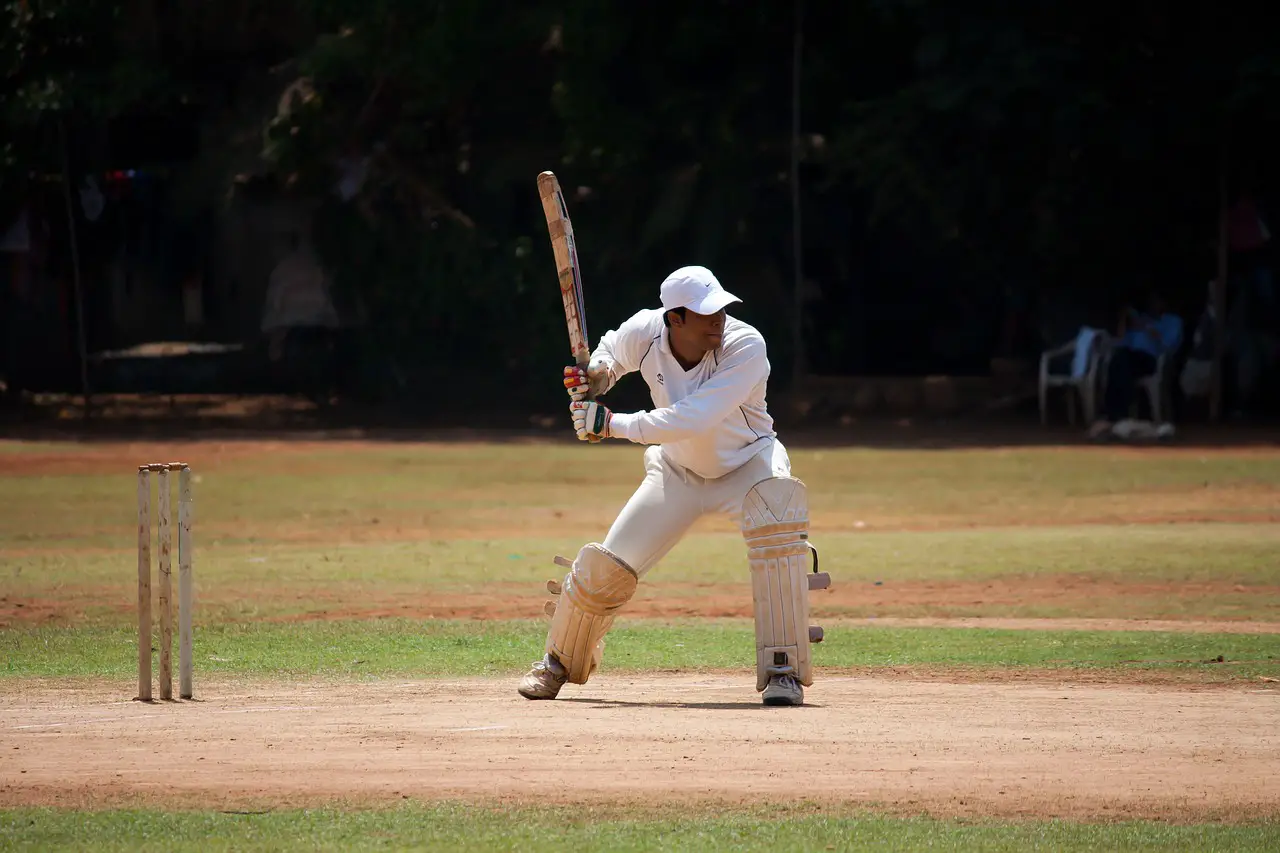What is Bowl Out in Cricket?
Cricket is a sport that has been around for centuries, with variations on the rules and regulations being debated and discussed by players throughout its history. One of these new innovations, often seen in modern-day cricket matches, is the ‘bowl out’. This method of breaking a tie between two teams can be used as an alternative to the traditional super over or coin toss when determining which team will win a match.
Essentially, bowl out involves each team taking turns to bowl at three wickets from 22 yards away – both teams have six attempts each to knock down all three stumps and get points for doing so successfully. The team with the most successful attempts wins the game. In some cases this may not be enough to break the tie, in which case additional rounds can be played until one side has more successful attempts than their opponents.
It’s important to note that while bowl out might seem like an easy way to decide who should win a match if there’s no clear winner after regulation playtime has finished, it requires skill and accuracy on behalf of both teams involved – making them score just as much as they would during regular gameplay if they wanted to win!
Advantages & Disadvantages of Bowl Out
The obvious advantage of using bowl out instead of other methods such a coin toss or super over is that it tests each team’s bowling skills rather than relying on luck alone – adding an extra element into deciding who should win a match if there isn’t already a clear victor after regulation playtime ends. It also adds another exciting element into watching live matches too: creating suspense amongst viewers as teams battle against one another for those final few points!
However, some critics argue that due to its reliance on skill rather than luck (which coin tossing does) this method could cause further issues in terms of fairness between sides – particularly when playing international competitions where conditions are not always equal across countries/teams playing against one another e.g., different levels/qualities available pitches etc.. While this isn’t necessarily true every time (since certain times you might get lucky!) it’s worth noting nonetheless before implementing this system widely within professional cricketing structures worldwide moving forward!
Conclusion
All things considered, bowl out provides an interesting twist when trying to decide winners during intense ties – testing players’ accuracy while still remaining fair towards both sides competing against one another regardless what country they’re from or what quality pitch they’re playing on! Ultimately, whether you prefer it over other methods (super overs/coin tossing) remains up for debate, so consider all options carefully when organizing your next big tournament…

